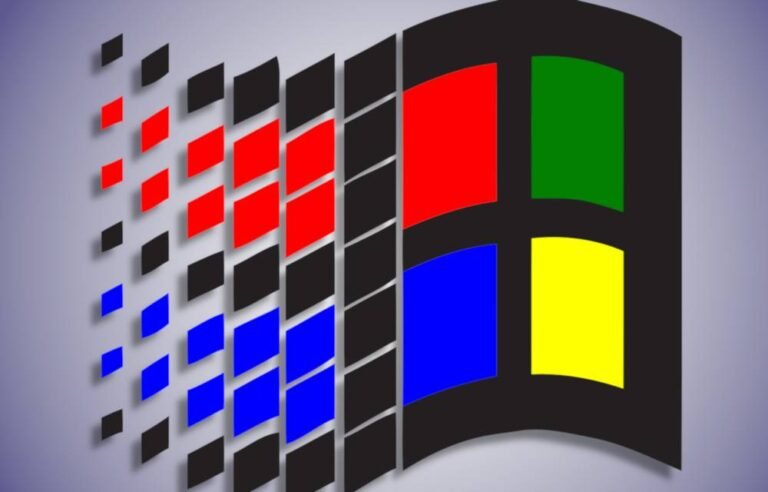News
Microsoft veteran Raymond Chen has settled once and for all the assign a query to of why the Windows 95 setup program went on a tour of GUIs before finally introducing the user to the principle that of the Start Menu.
According to Chen, it was actually three setup programs chained collectively, and a lot depended on the place a user started. If starting in MS-DOS, the setup program would install and boot a miniature version of Windows 3.1. Microsoft had create here; Excel ragged to reach back with a runtime version of Windows 2.1 to allow users with out Windows to hasten the spreadsheet application.
Once in the stripped-down Windows 3.1, or if running from the paunchy-fat version, a 16-bit Windows app may be fired up. Chen explained: “This second setup program is the one that does almost all of the real work: It does the initial interaction with the user to gather information about how to install Windows 95, like asking which optional components to include, and does hardware detection to decide which drivers to install.”
The 16-bit app would then take care of copying files and drivers and migrating settings before eventually booting Windows 95 and the final setup app, a 32-bit Windows app, which may perhaps deal with any last steps that required a running operating gadget.
- If a cheesy ’80s flick is a lawful metaphor for the way you hasten projects, something is inferior
- Microsoft whiz dishes the grime on the Blue Display Of Death’s smart past
- Porting the Windows 95 Start Menu to NT
- How many Microsoft missteps had been forks that had been apt a little bit of fun?
The explanation makes sense – there only needs to be one area of code no matter the place a user runs setup. Start it in MS-DOS, and the user is proven a textual insist material mode app that does only ample to acquire them into a mini-Windows 3.1. Race from Windows 3.1, and the user goes without delay into the 16-bit Windows application that is doing all the hard work, and so on.
Or not it is easy to fail to recollect the buzz of installing Windows 95 for the first time, initially running via some textual insist material mode monitors to configure the hard disk (be aware when extra than 512 MB was belief about “large”?), and then seeing something that regarded suspiciously adore Windows 3.1 appear before eventually dropping into the gray world of Windows 95.
Almost 30 years on, Chen’s explanation harks back to much less complicated occasions and an era when a minimal version of Windows 3.1 may hasten from a floppy disk instead of demanding a connection to the internet and gigabytes of storage. Progress, eh? ®
